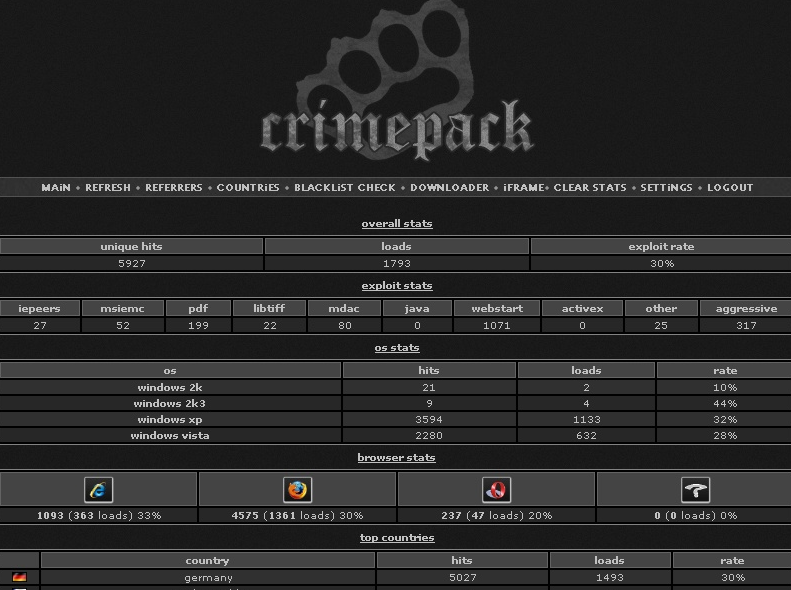A man known as one of the world’s top purveyors of junk e-mail has been imprisoned in Russia for allegedly molesting underage girls from a Moscow orphanage, KrebsOnSecurity.com has learned.
According to multiple sources, Leonid “Leo” Aleksandorovich Kuvayev, 38, is being held in a Russian prison awaiting trial on multiple child molestation charges.
Sources in the United States and Russia said that Kuvayev, who holds dual Russian-American citizenship, was alleged to have molested more than 50 young girls he had lured away from one or more local orphanages. He was brought in for questioning after one of the girls reported the incident to Russian police, who reportedly found videotaped evidence of the incidents.
Brandon A. Montgomery, a spokesman for the Immigration and Customs Enforcement (ICE) division at the U.S. Department of Homeland Security, confirmed that Kuvayev was indicted on Aug. 3, 2009, and arrested on Sept. 15 in Moscow for child molestation charges.
“Our attaché in Moscow is working with the criminal investigative team in Russia, and the investigation is ongoing,” Montgomery said.
The Russian criminal case against Kuvayev, Case. No. 378243, charges him with violations of Russian Criminal Code 134, which prohibits “crimes against sexual inviolability and sexual freedom of the person.” According to sources in Russia familiar with the case but who asked not to be named, Kuvayev is being held in a Moscow jail awaiting trial, which is currently scheduled to start 10 months from the date of his incarceration on Dec. 22, 2009.
Kuvayev is widely considered one of the world’s most notorious spammers. Anti-spam group Spamhaus.org currently features Kuvayev as #2 on its Top 10 worst spammers list.
In 2005, the attorney general of Massachusetts successfully sued Kuvayev for violations of the CAN-SPAM Act, a law that prohibits the sending of e-mail that includes false or misleading information about the origins of the message, among other restrictions. Armed with a massive trove of spam evidence gathered largely by lawyers and security experts at Microsoft Corp., the state showed that Kuvayev’s operation, an affiliate program known as BadCow, was responsible for blasting tens of millions of junk e-mails peddling everything from pirated software to counterfeit pharmaceuticals and porn.










